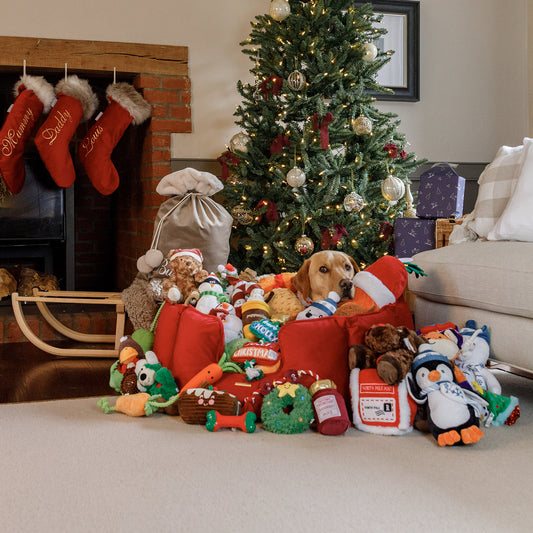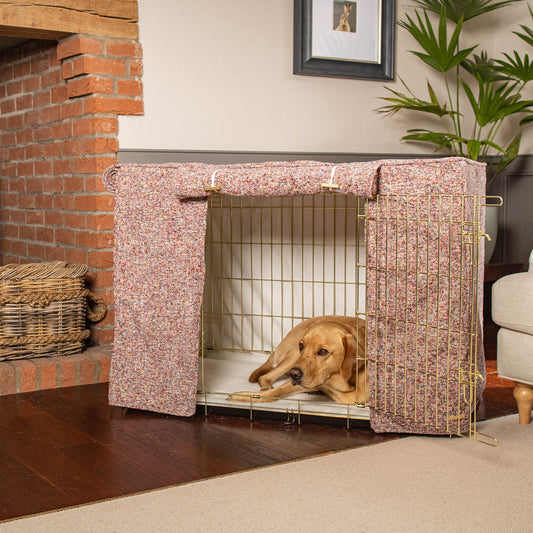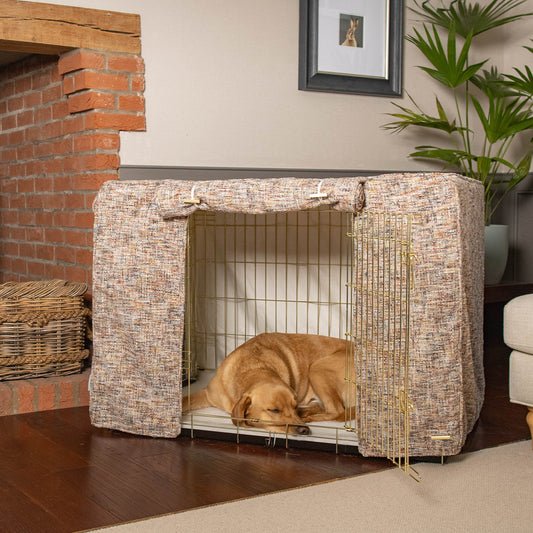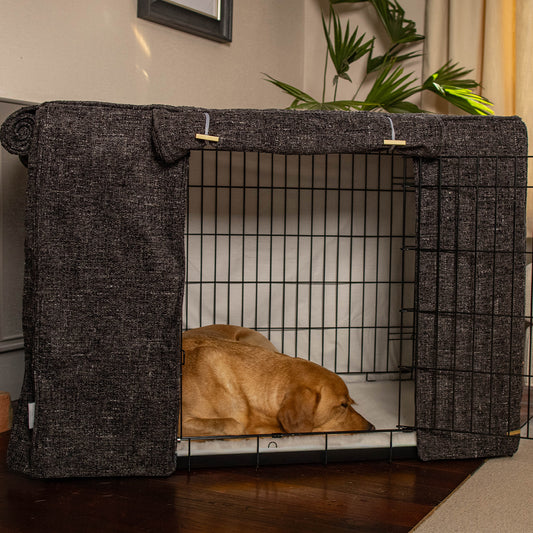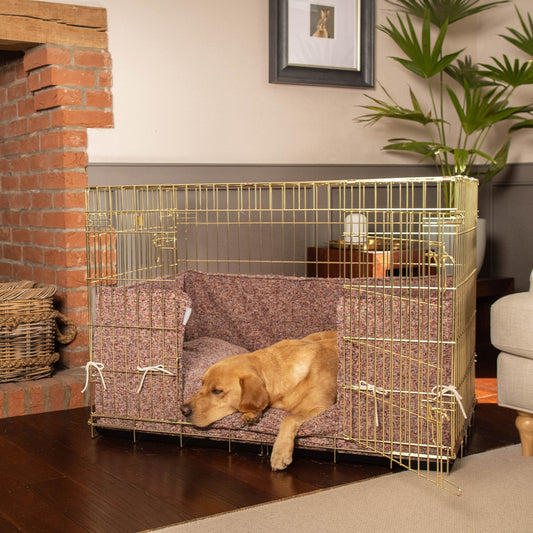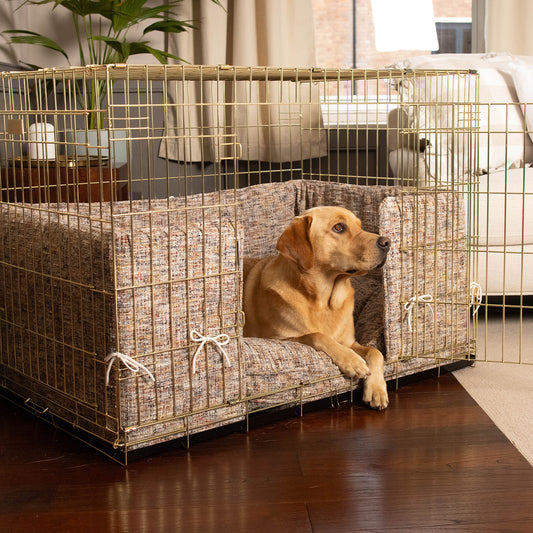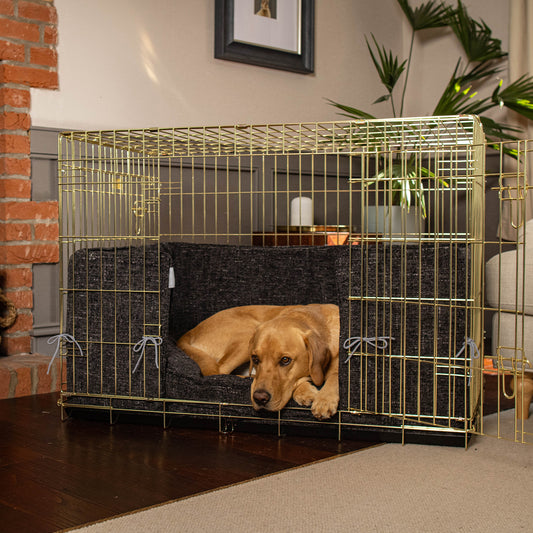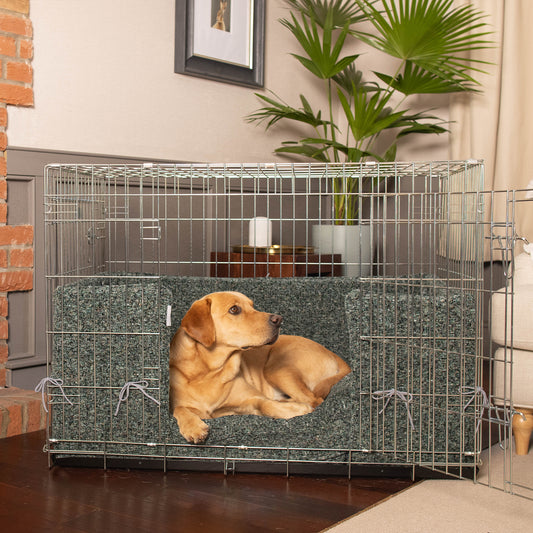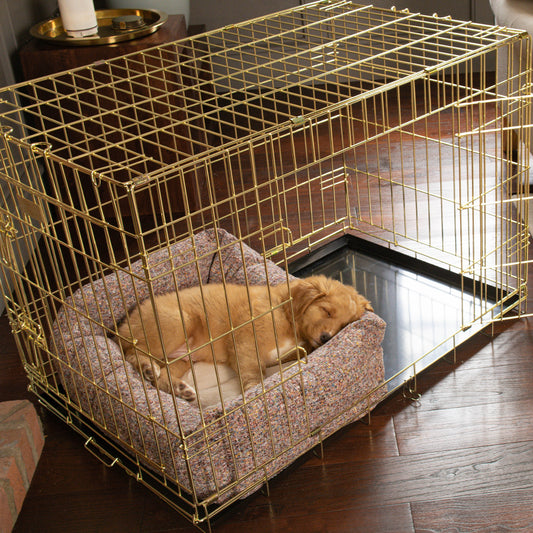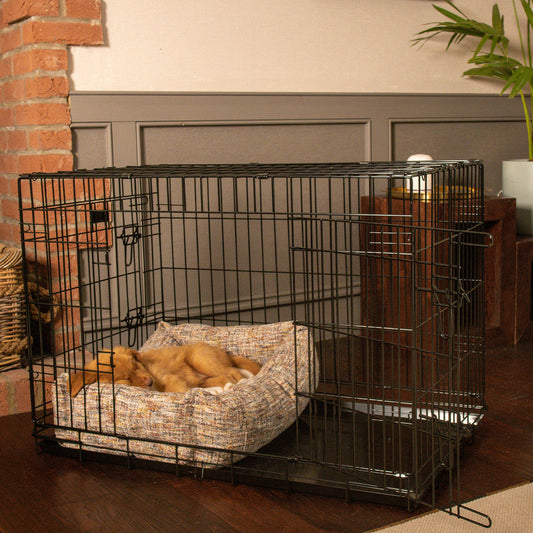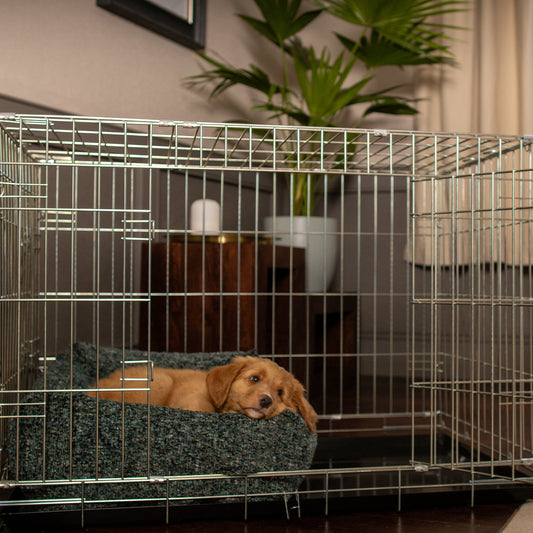Cats, those enigmatic and captivating companions, are known for their unique behaviours and intriguing preferences. One common question among cat owners is whether these beloved furballs have a favourite toy. As cat enthusiasts, it's natural for us to want to provide the best entertainment for our feline friends. In this article, we delve into the intriguing world of cat play, exploring whether cats have favourite toys and the factors that influence their preferences.
The Feline Fascination with Toys
Cats, as both domesticated and instinct-driven creatures, exhibit a wide range of behaviours that reflect their ancestral hunting instincts. Play, for a cat, serves as a means of honing skills that were once crucial for survival. Additionally, playtime offers exercise, mental stimulation, and a channel for releasing pent-up energy. Cat toys, therefore, play a pivotal role in keeping our feline friends engaged and happy.
Do Cats Have a Favorite Toy?
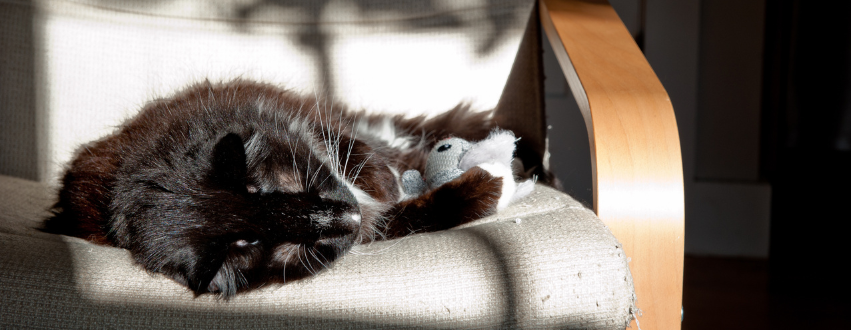
The question of whether cats have favourite toys has been a topic of curiosity and debate among pet owners and experts alike. While cats don't express preferences in the same way humans do, they can certainly show a preference for certain types of toys based on their individual personalities, play styles, and past experiences.
Factors Influencing Toy Preferences
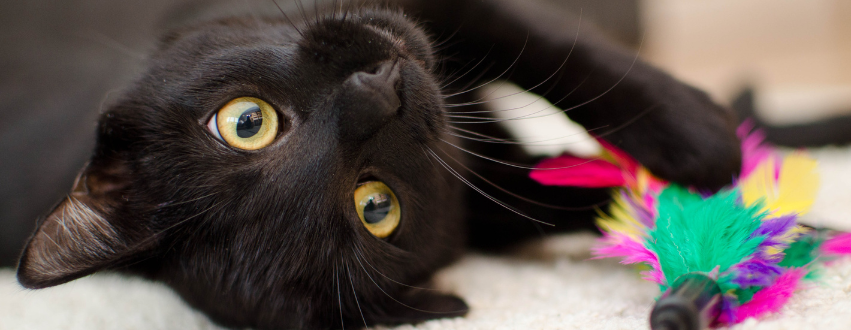
- Texture and Material: Cats have sensitive paws and mouths, so the texture and material of a toy can greatly influence their interest. Some cats may prefer soft, plush toys, while others might be drawn to toys with feathers, strings, or crinkly materials.
- Movement and Sound: Cats are natural hunters, and toys that mimic the movements and sounds of prey can be particularly enticing. Toys that dart, bounce, or make rustling noises can capture a cat's attention and keep them engaged.
- Size and Shape: Cats may have preferences for certain sizes and shapes of toys. Some cats enjoy smaller toys they can easily bat around, while others may prefer larger toys they can wrestle with.
- Interactive vs. Solo Play: Cats vary in their desire for interactive play with their human companions versus independent play. Toys that can be played with independently, such as puzzle feeders or automated toys, can become favourites for some cats, whereas others will love toys that require their owner to play with them as the bonding time has created a positive association for your cat with that particular toy.
- Scent: Cats have a keen sense of smell, and toys infused with catnip or other enticing scents can hold their interest.
The Best Types of Cat Toys
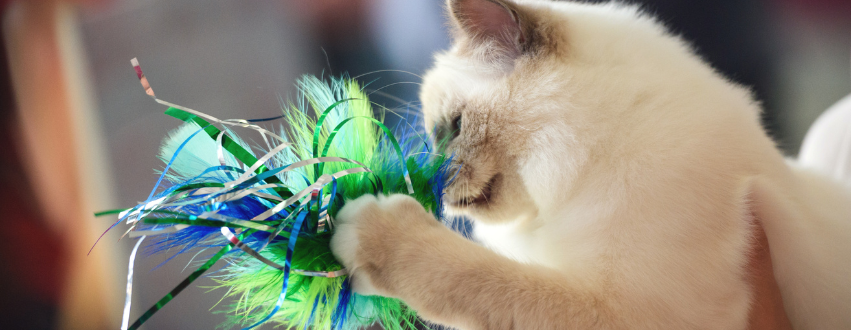
When considering the best types of cat toys, it's important to keep in mind the various factors that influence a cat's play preferences. Some popular types of cat toys include:
- Interactive Toys: Toys that require the cat to engage with them actively can be rewarding. These can include feather wands, laser pointers, and puzzle feeders. We love the Catit Senses range of interactive toys, they provide hours of stimulating fun.
- Chase Toys: Toys that move quickly, mimicking the behaviour of prey, often capture a cat's attention. Battery-operated toys that zip around the room can provide hours of entertainment. The Petlibro Pixie Mouse Interactive Cat toy is a great toy for chasing if you have a prey driven cat.
- Soft Plush Toys: These toys are comforting for some cats, providing a "cuddle buddy" experience that satisfies their nurturing instincts. We love the KONG Enchanted Characters Unicorn for cats who love to snuggle, it’s the perfect size and it’s a unicorn - what more could your cat wish for?
- Catnip Toys: Catnip can induce euphoric reactions in many cats. Toys filled with catnip can become favoured items for playful interactions. The GiGwi range has loads of catnip toys in which our office felines go crazy for.
Why Does My Cat Have a Favourite Toy?
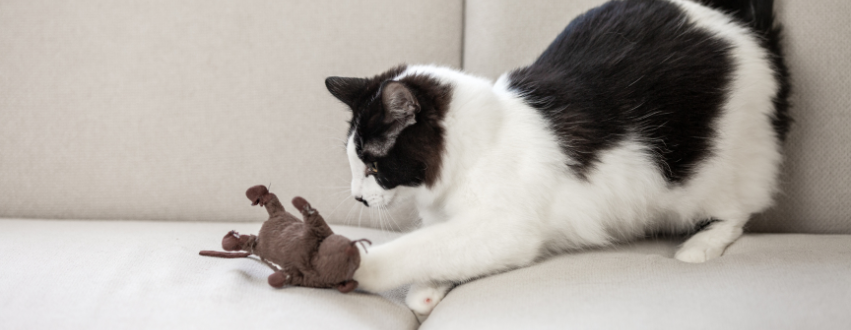
A cat's attachment to a particular toy can be attributed to a combination of their individual preferences, their unique personalities, and positive associations formed with that toy. Cats may associate their favourite toy with play, comfort, or even previous positive interactions with their owners.
In conclusion, while cats may not express preferences in the same way humans do, they can undoubtedly have favourite types of toys. Understanding your cat's play style, observing their reactions to different toys, and providing a variety of options can help ensure their playtime is both stimulating and enjoyable. After all, a happy and entertained cat contributes to a harmonious and joyful household.
So, if you're wondering whether your cat has a favourite toy, the answer lies in their playful behaviours, unique traits, and the careful selection of toys that cater to their individual tastes.
























































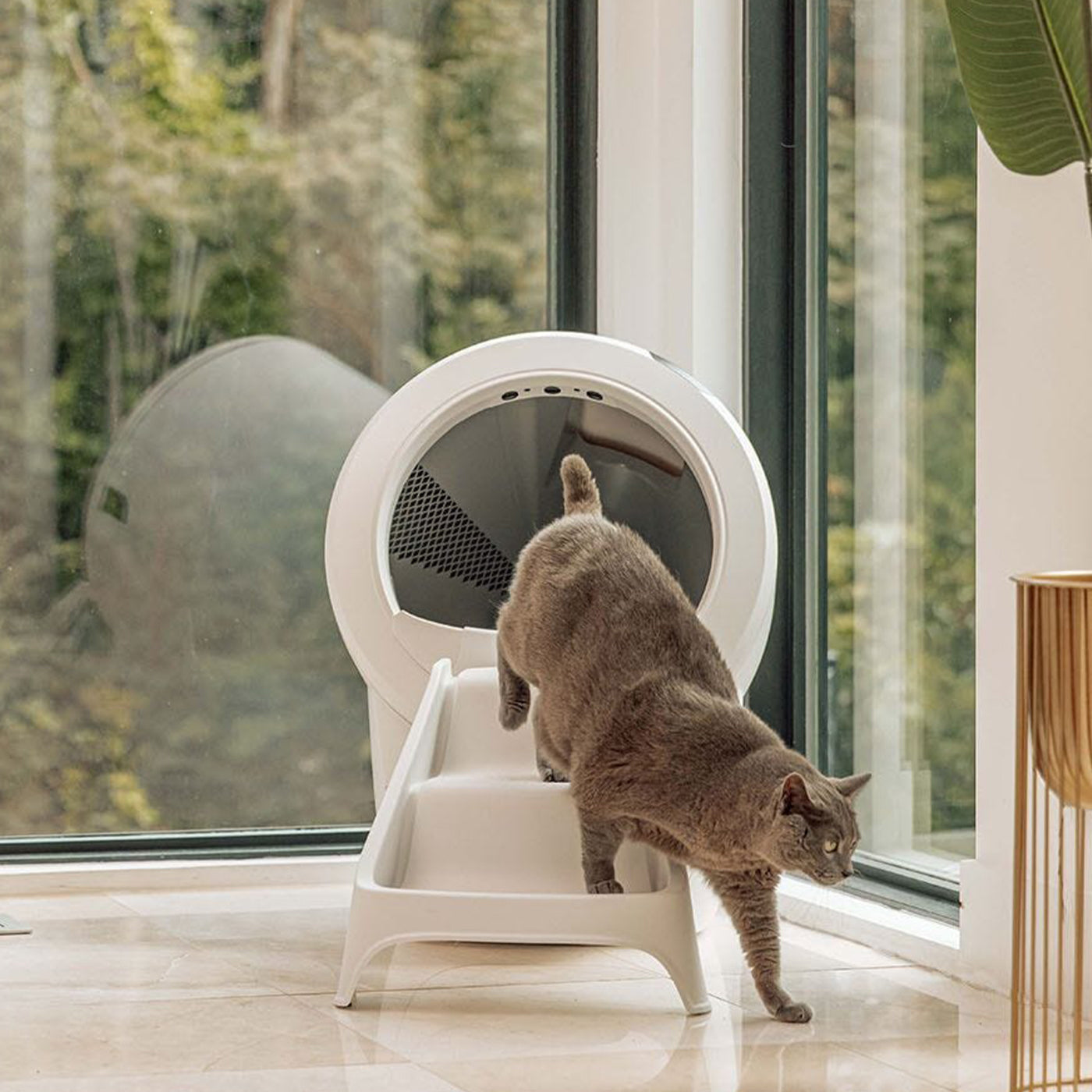

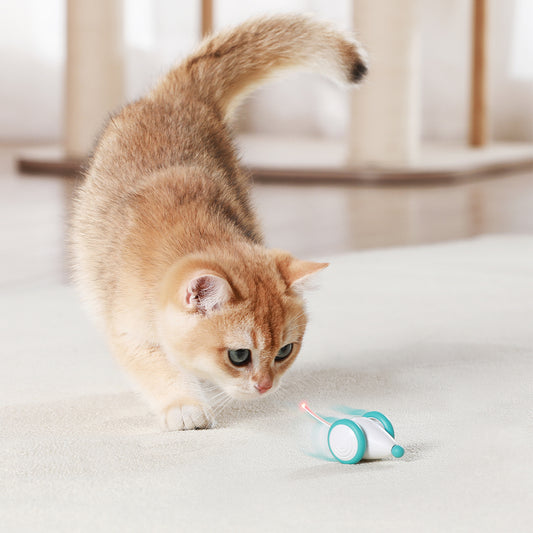

![[color:beige plush] [color:grey plush] [color:black plush]](http://www.lordsandlabradors.co.uk/cdn/shop/files/kong-softies-bear-cat-toy-studio_0689dc0c-b057-4f13-8f38-4becce835d61.jpg?v=1709740499&width=533)







